Home>Furniture & Design>Interior Design Trends>How To Tell If Glass Is Hand Blown
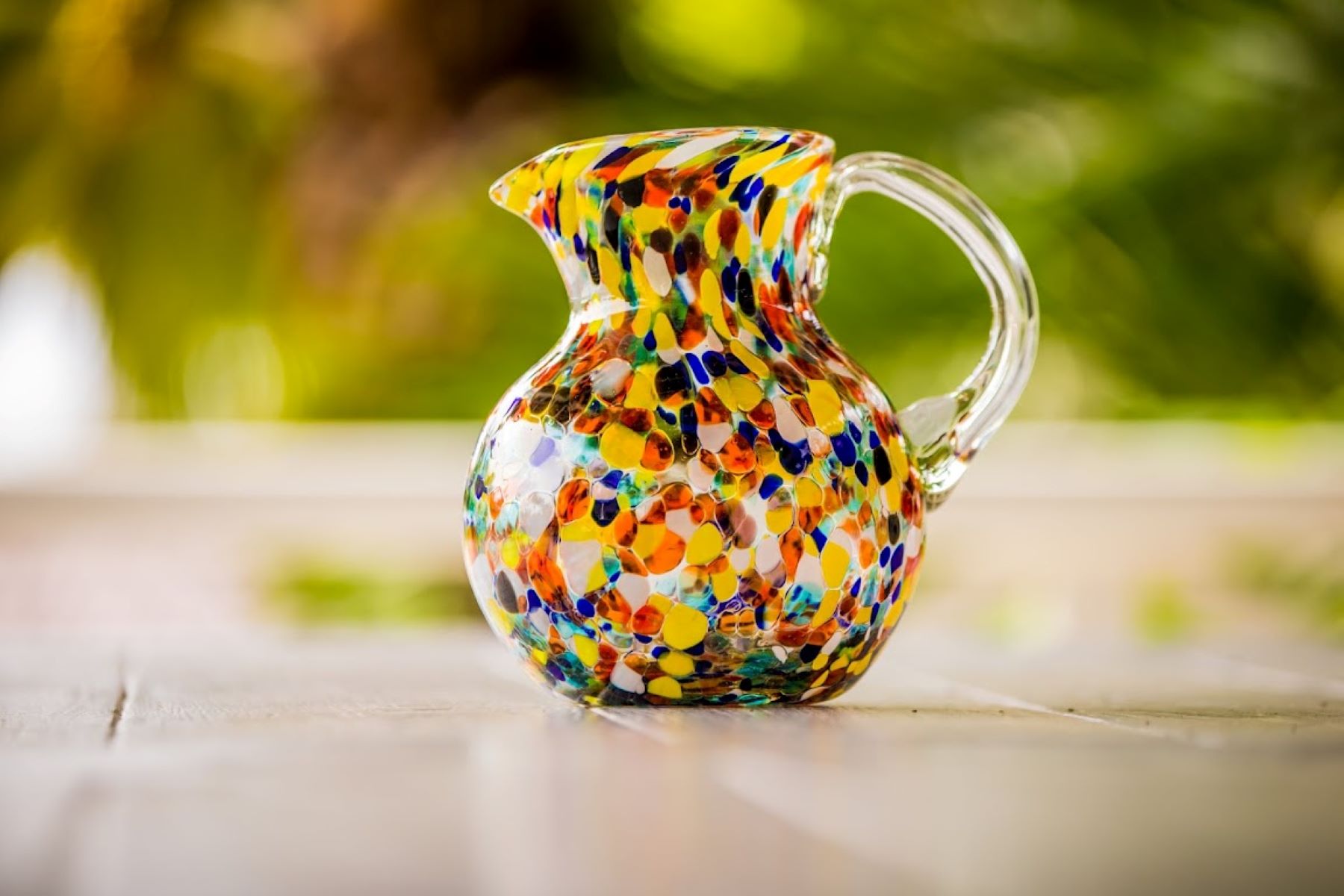

Interior Design Trends
How To Tell If Glass Is Hand Blown
Published: February 7, 2024
Discover how to identify hand-blown glass and stay updated on the latest interior design trends. Learn about the unique characteristics of hand-blown glass and its impact on interior design.
(Many of the links in this article redirect to a specific reviewed product. Your purchase of these products through affiliate links helps to generate commission for Storables.com, at no extra cost. Learn more)
Introduction
Hand-blown glass is a timeless art form that has been practiced for centuries, dating back to the Roman Empire. Each piece of hand-blown glass is a unique creation, bearing the mark of the artisan who skillfully crafted it. The process of hand-blowing glass involves the skilled manipulation of molten glass, resulting in exquisite pieces that are cherished for their individuality and beauty.
In today's world, hand-blown glass continues to captivate enthusiasts and collectors alike, with its allure extending from delicate ornaments to functional household items and stunning art pieces. The distinct characteristics of hand-blown glass set it apart from mass-produced glassware, making it a sought-after treasure for those who appreciate the artistry and craftsmanship behind each piece.
Understanding how to identify hand-blown glass is a valuable skill that allows individuals to appreciate the art form and make informed decisions when acquiring glassware. By recognizing the unique features and qualities of hand-blown glass, enthusiasts can distinguish it from other types of glass and gain a deeper appreciation for the artistry involved in its creation.
In this comprehensive guide, we will delve into the defining characteristics of hand-blown glass, explore the methods for inspecting and identifying hand-blown pieces, and provide valuable insights to help you discern the true artistry of hand-blown glass. Whether you are a seasoned collector, an aspiring enthusiast, or simply intrigued by the art of glassblowing, this guide will equip you with the knowledge to recognize and appreciate the beauty of hand-blown glass.
Key Takeaways:
- Hand-blown glass is unique due to imperfections, pontil marks, organic shapes, color variations, and hand-finished details, making it stand out from mass-produced glassware and showcasing the artisan’s craftsmanship.
- By recognizing irregularities, pontil marks, organic shapes, color variations, and hand-finished details, enthusiasts can develop an eye for authentic hand-blown glass, deepening their appreciation for its artistry and individuality.
Read more: How To Tell If An LED Bulb Is Blown
Characteristics of Hand Blown Glass
Hand-blown glass possesses distinctive characteristics that set it apart from mass-produced glassware. These unique features are a testament to the artisan's skill and the organic nature of the glassblowing process. Understanding these defining traits is essential for identifying and appreciating hand-blown glass.
-
Irregularities and Imperfections: One of the most prominent characteristics of hand-blown glass is its inherent irregularities and imperfections. Unlike machine-made glass, which is uniform and flawless, hand-blown glass exhibits slight variations in thickness, tiny air bubbles, and subtle asymmetries. These imperfections are not flaws but rather evidence of the artisan's handiwork, adding character and charm to each piece.
-
Pontil Mark: A telltale sign of hand-blown glass is the presence of a pontil mark. This mark is left behind when the glassblower separates the finished piece from the blowpipe or punty rod used during the shaping process. The pontil mark may appear as a small, roughened area on the base of the glass, serving as a tangible reminder of the artisan's meticulous craftsmanship.
-
Organic Shapes and Flowing Lines: Hand-blown glass often features organic shapes and flowing lines that reflect the fluid nature of the glass as it is manipulated by the artisan. These graceful contours and gentle undulations are difficult to replicate in mass-produced glassware, highlighting the artistry and individuality inherent in hand-blown pieces.
-
Unique Patterns and Color Variations: Artisans frequently incorporate unique patterns and color variations into hand-blown glass, achieved through techniques such as marbling, layering, and fuming. These intricate designs and vibrant hues are a testament to the creativity and skill of the glassblower, resulting in visually captivating pieces that are truly one-of-a-kind.
-
Hand-Finished Details: Hand-blown glass often exhibits hand-finished details, such as delicate rims, applied handles, or intricate surface textures. These meticulous touches showcase the artisan's attention to detail and the personalized craftsmanship that distinguishes each piece as a work of art.
By recognizing these defining characteristics, enthusiasts can develop a discerning eye for hand-blown glass, gaining a deeper appreciation for its artistry and individuality. Whether displayed as decorative accents or used in everyday settings, hand-blown glass stands as a testament to the enduring allure of this ancient craft.
Inspecting the Glass
Inspecting hand-blown glass is an engaging process that allows enthusiasts to appreciate the artistry and craftsmanship behind each piece. By closely examining the glassware, individuals can discern the unique characteristics that distinguish hand-blown glass from mass-produced alternatives. The inspection process involves a keen eye for detail and an appreciation for the organic nature of hand-blown glass.
When inspecting hand-blown glass, it is essential to begin by observing the overall appearance of the piece. Look for subtle irregularities and imperfections that are indicative of handcrafted glass. These may include variations in thickness, tiny air bubbles, and asymmetrical features. Embracing these imperfections as part of the glassblowing process is fundamental to recognizing the authenticity of hand-blown glass.
Next, pay attention to the base of the glassware to identify the presence of a pontil mark. This mark, often a small roughened area, serves as a tangible reminder of the glassblower's meticulous craftsmanship. The pontil mark is a distinctive feature of hand-blown glass, symbolizing the artisan's skill and the traditional techniques employed in the glassblowing process.
Examining the shape and form of the glassware is equally important. Hand-blown glass often exhibits organic shapes and flowing lines that reflect the fluid nature of the glass as it is skillfully manipulated by the artisan. These graceful contours and gentle undulations are challenging to replicate in mass-produced glassware, serving as a testament to the artistry and individuality inherent in hand-blown pieces.
Furthermore, take note of any unique patterns and color variations present in the glass. Artisans frequently incorporate intricate designs and vibrant hues through techniques such as marbling, layering, and fuming. These distinctive patterns and colorations are a testament to the creativity and skill of the glassblower, resulting in visually captivating pieces that are truly one-of-a-kind.
Finally, inspect the glass for hand-finished details, such as delicate rims, applied handles, or intricate surface textures. These meticulous touches showcase the artisan's attention to detail and the personalized craftsmanship that distinguishes each piece as a work of art.
By engaging in a thorough inspection of hand-blown glass, enthusiasts can gain a deeper understanding of the art form and develop a discerning eye for identifying and appreciating the beauty of hand-blown glass. This process not only enhances one's ability to recognize authentic hand-blown pieces but also fosters a profound admiration for the artistry and individuality encapsulated within each creation.
Look for irregularities in the glass such as small bubbles, asymmetrical shapes, and a slightly uneven rim. Hand-blown glass will often have these imperfections, while machine-made glass will be more uniform.
Identifying Hand Blown Glass
Identifying hand-blown glass requires a keen eye for detail and an appreciation for the unique characteristics that distinguish it from mass-produced glassware. By closely examining the glass and recognizing specific features, enthusiasts can discern the artistry and craftsmanship inherent in hand-blown pieces.
One of the most prominent indicators of hand-blown glass is the presence of irregularities and imperfections. Unlike machine-made glass, which is uniform and flawless, hand-blown glass exhibits slight variations in thickness, tiny air bubbles, and subtle asymmetries. These imperfections are not flaws but rather evidence of the artisan's handiwork, adding character and charm to each piece.
Another key feature to look for when identifying hand-blown glass is the pontil mark. This mark is left behind when the glassblower separates the finished piece from the blowpipe or punty rod used during the shaping process. The pontil mark may appear as a small, roughened area on the base of the glass, serving as a tangible reminder of the artisan's meticulous craftsmanship.
Furthermore, hand-blown glass often showcases organic shapes and flowing lines that reflect the fluid nature of the glass as it is skillfully manipulated by the artisan. These graceful contours and gentle undulations are challenging to replicate in mass-produced glassware, highlighting the artistry and individuality inherent in hand-blown pieces.
Distinctive patterns and color variations are also prevalent in hand-blown glass, achieved through techniques such as marbling, layering, and fuming. These intricate designs and vibrant hues are a testament to the creativity and skill of the glassblower, resulting in visually captivating pieces that are truly one-of-a-kind.
Additionally, hand-finished details, such as delicate rims, applied handles, or intricate surface textures, are common in hand-blown glass. These meticulous touches showcase the artisan's attention to detail and the personalized craftsmanship that distinguishes each piece as a work of art.
By recognizing these defining characteristics and engaging in a thorough inspection of hand-blown glass, enthusiasts can develop a discerning eye for identifying and appreciating the beauty of hand-blown glass. This process not only enhances one's ability to recognize authentic hand-blown pieces but also fosters a profound admiration for the artistry and individuality encapsulated within each creation.
Conclusion
In conclusion, the art of hand-blown glass encapsulates a rich tradition of craftsmanship and artistry, yielding exquisite pieces that bear the mark of skilled artisans. Throughout history, hand-blown glass has held a revered status, admired for its individuality, organic beauty, and timeless allure. By understanding the defining characteristics and methods for inspecting and identifying hand-blown glass, enthusiasts and collectors alike can deepen their appreciation for this revered art form.
The distinctive features of hand-blown glass, including irregularities and imperfections, pontil marks, organic shapes, unique patterns, and hand-finished details, serve as hallmarks of its authenticity. These characteristics not only distinguish hand-blown glass from mass-produced alternatives but also embody the essence of the artisan's meticulous craftsmanship and creative expression.
Engaging in the process of inspecting hand-blown glass allows individuals to immerse themselves in the artistry and tradition of glassblowing. By closely examining the glassware and recognizing the unique traits that define hand-blown pieces, enthusiasts can develop a discerning eye and gain a deeper understanding of the art form. This heightened awareness fosters a profound admiration for the artistry and individuality encapsulated within each hand-blown creation.
Furthermore, the ability to identify hand-blown glass empowers enthusiasts to make informed decisions when acquiring glassware, ensuring that they are acquiring authentic, hand-crafted pieces that embody the timeless art of glassblowing. Whether displayed as decorative accents or used in everyday settings, hand-blown glass stands as a testament to the enduring allure of this ancient craft, enriching living spaces with its beauty and artistry.
In essence, the art of hand-blown glass continues to captivate and inspire, bridging the past with the present through its timeless elegance and unparalleled craftsmanship. By recognizing and celebrating the unique characteristics of hand-blown glass, enthusiasts honor the legacy of this revered art form and perpetuate its enduring legacy for generations to come.
Frequently Asked Questions about How To Tell If Glass Is Hand Blown
Was this page helpful?
At Storables.com, we guarantee accurate and reliable information. Our content, validated by Expert Board Contributors, is crafted following stringent Editorial Policies. We're committed to providing you with well-researched, expert-backed insights for all your informational needs.

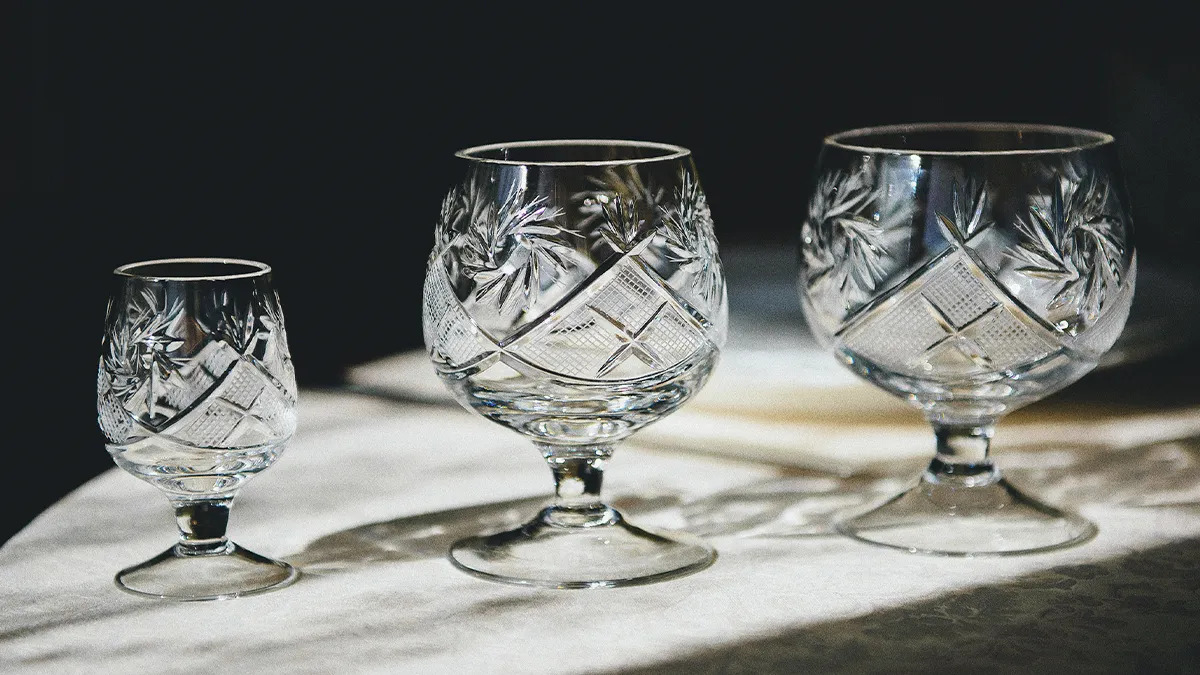

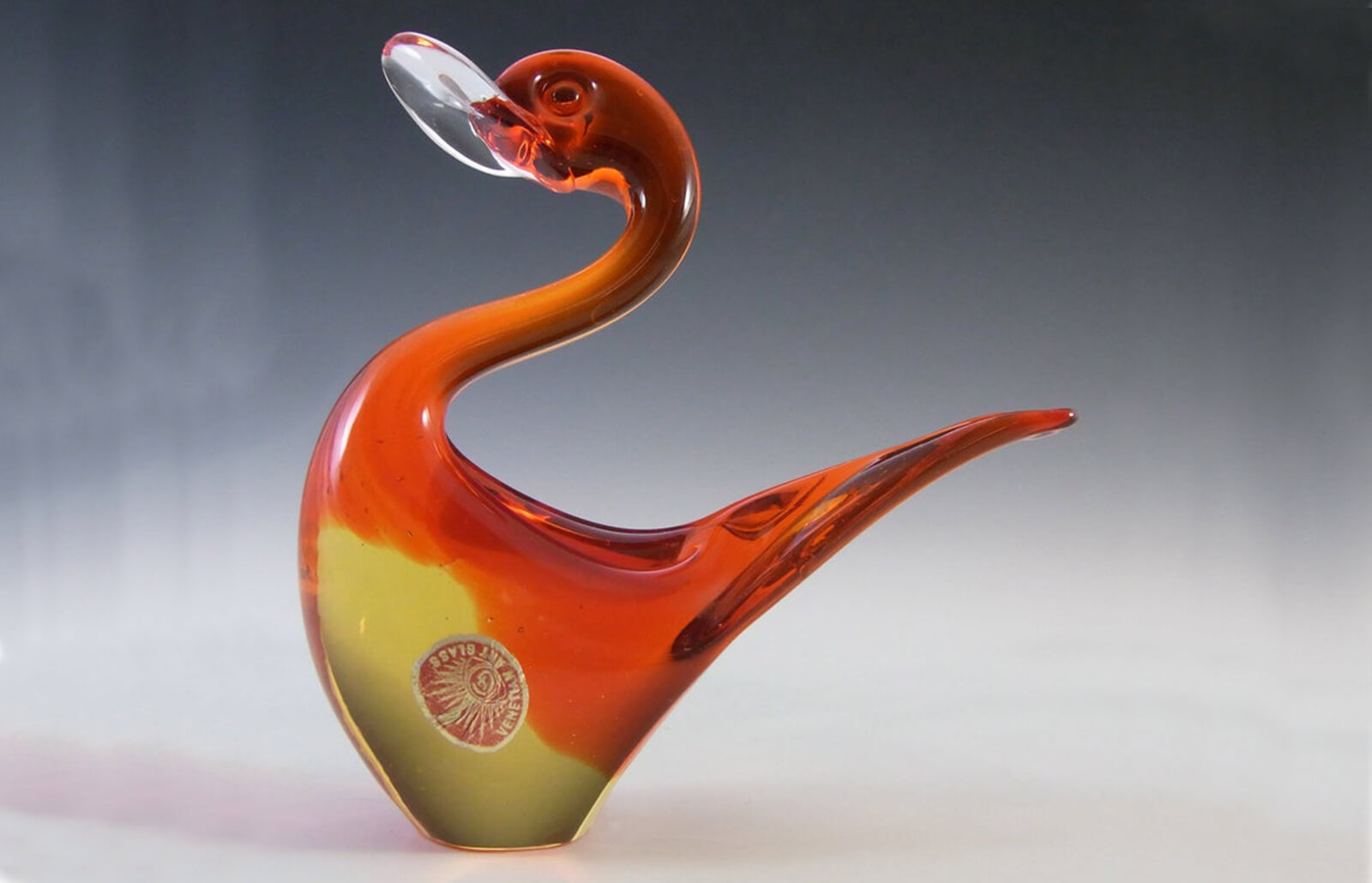


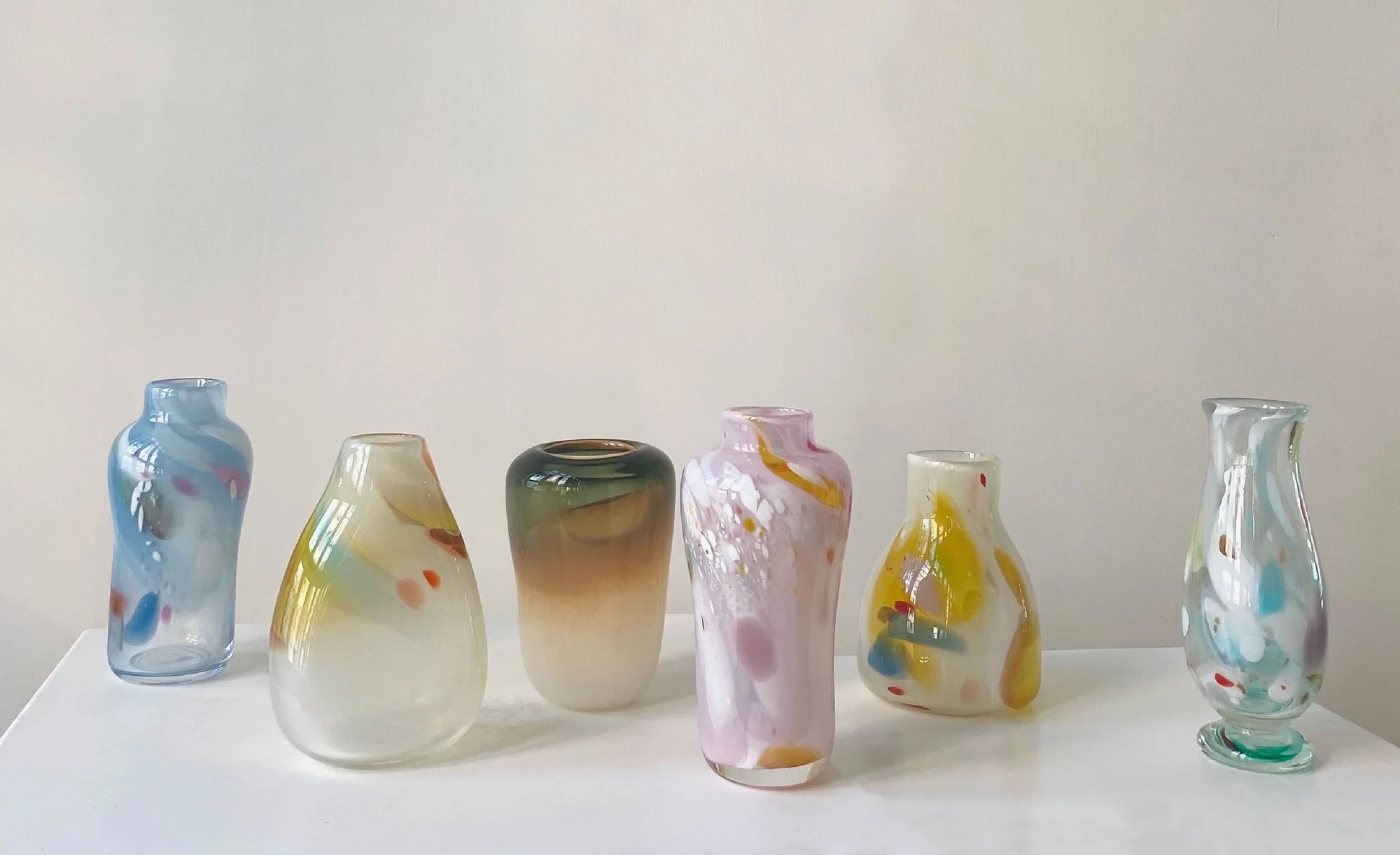
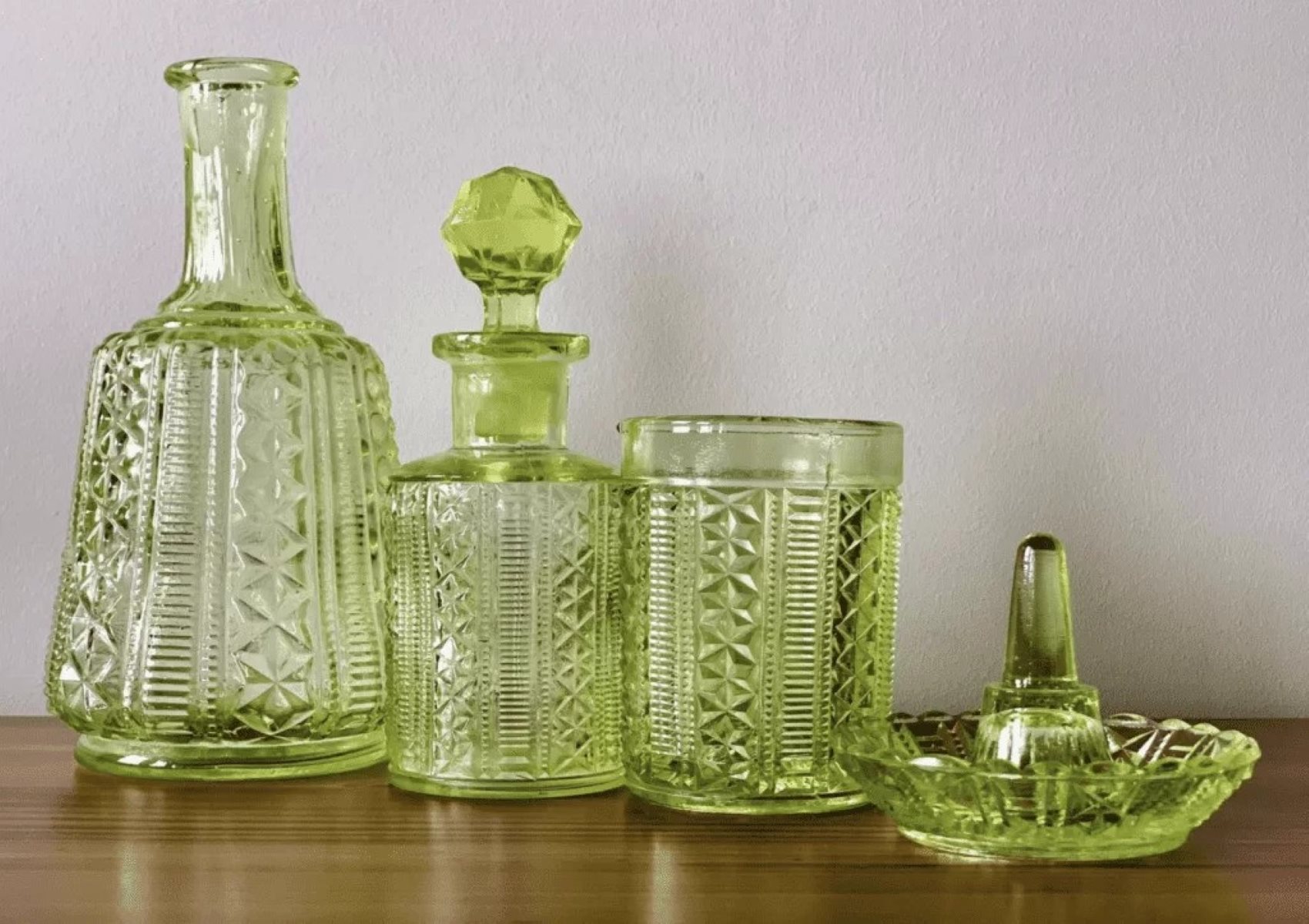
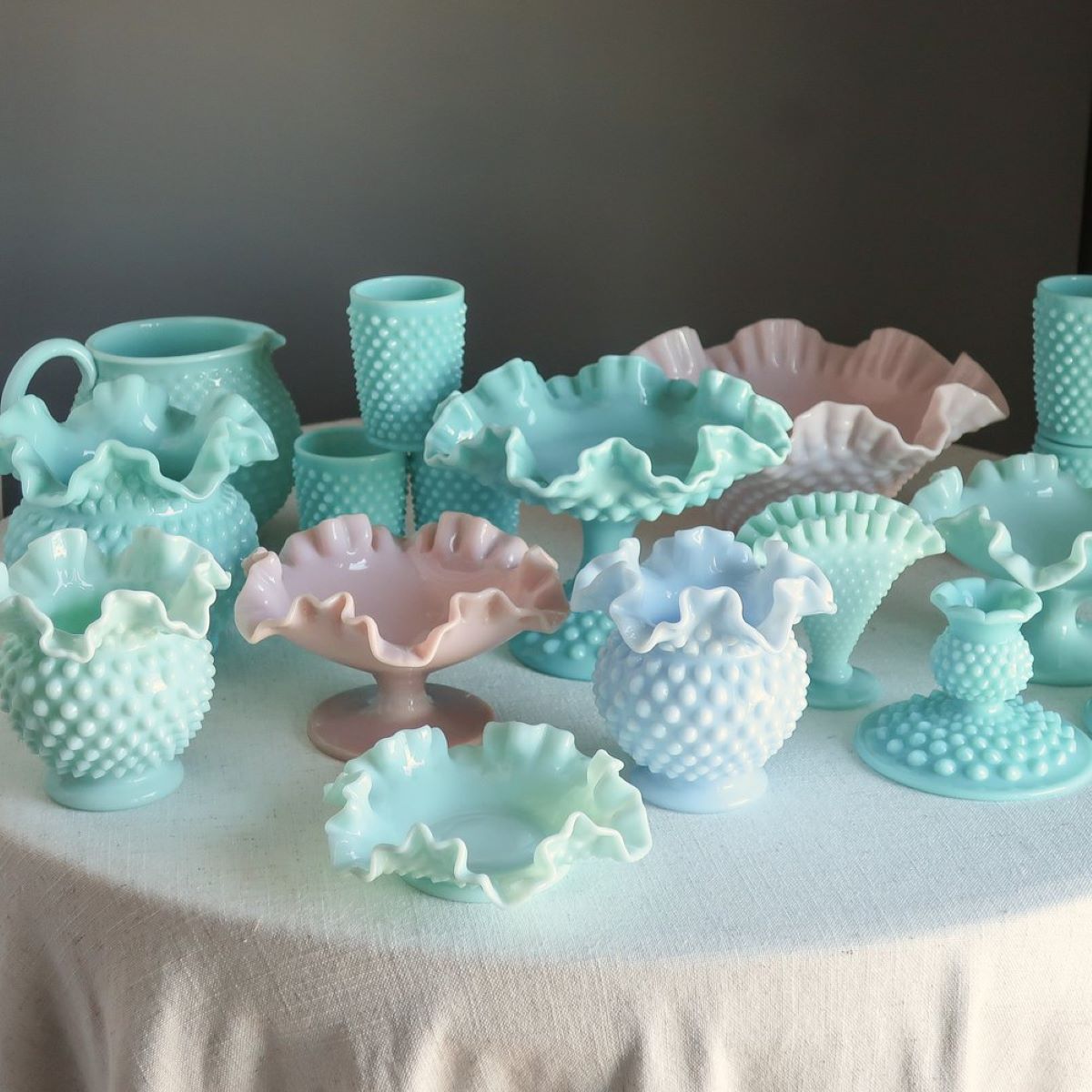
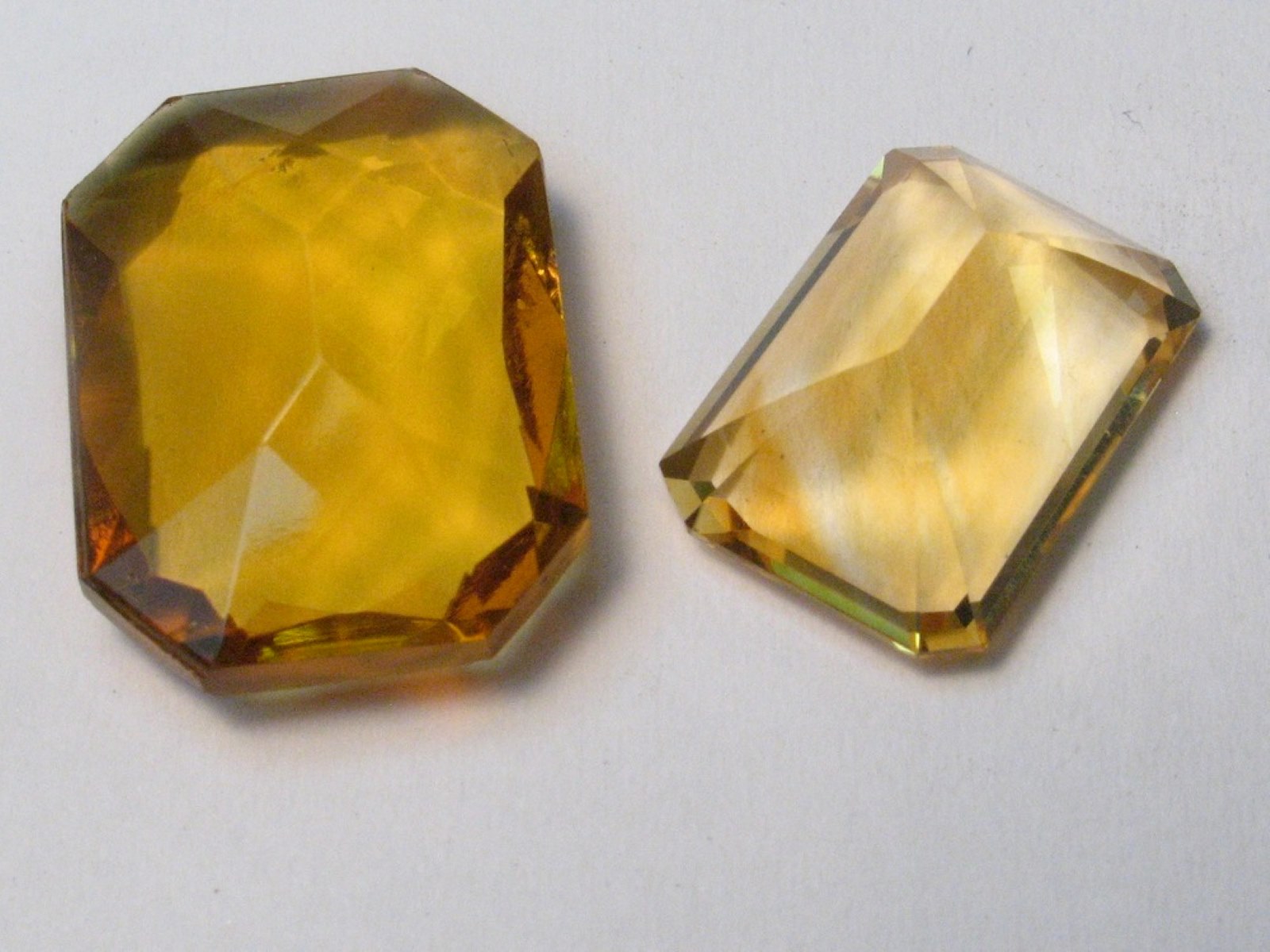






0 thoughts on “How To Tell If Glass Is Hand Blown”